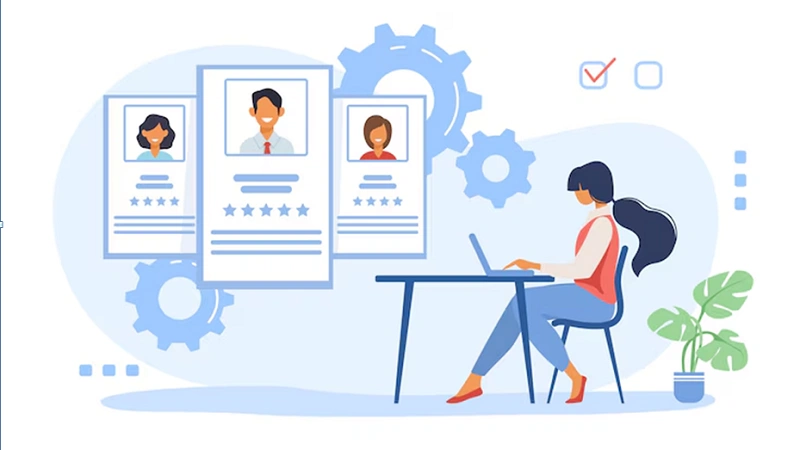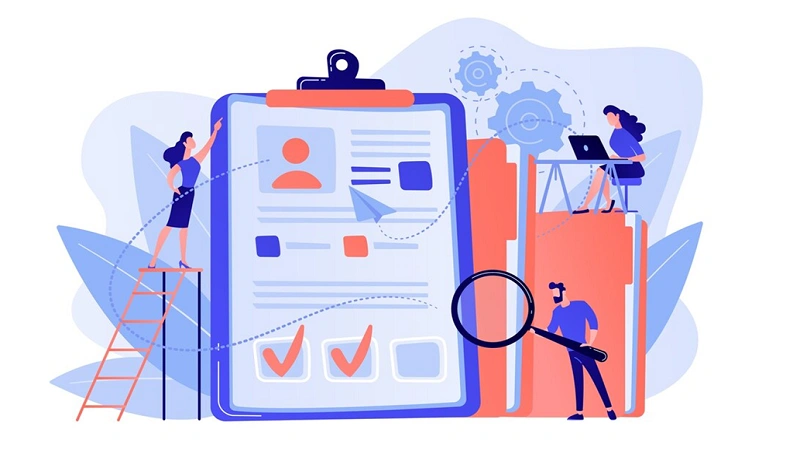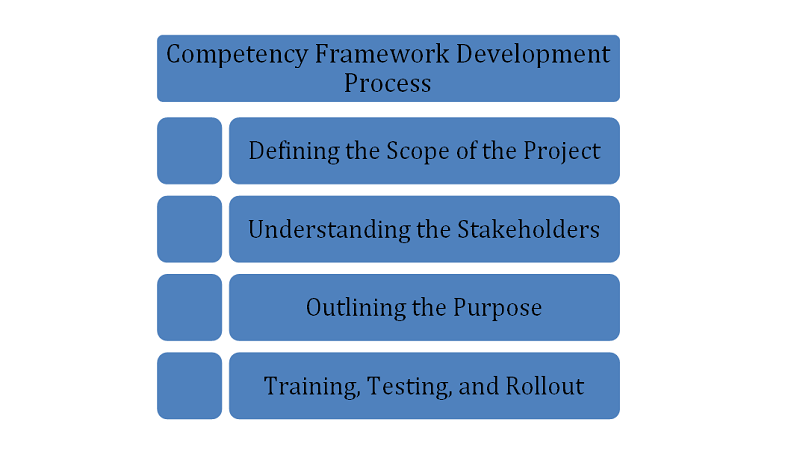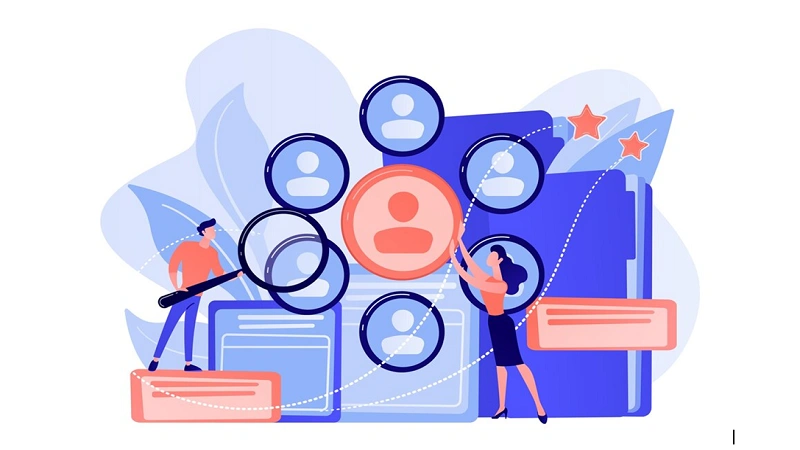In a workplace, managing employees is a key task of all HRMs and managers. This process becomes simpler and streamlined if there is a set standard for every employee.
This can be addressed with the help of a competency or capability framework. Further, HRMs can take up the competency framework development process or evaluate one that is already available for their organization.
Capability Framework: A Brief Idea

In every workplace, it is important to define the key requirements for a job role. This task is achieved with the help of a competency or capability framework. Thus, a capability framework lists the necessities for a job role, including
- Key behavioral traits
- Knowledge
- Skills
- Proficiency
According to SHRM, using a suitable competency framework in any given workplace can lead to a gain of 16% in employee productivity. Further, it may also experience a 28% reduction in employee turnover.
Defining Features of a Capability Framework
No matter which organization a capability framework is being used for, it will have a few key features:
- It will balance soft skills with technical know-how.
- It will define the proficiency level necessary for each job role.
Core Capabilities That Are Useful For Every Organization
Under a capability framework, certain primary or core capabilities or competencies are listed. These state the knowledge, skills, and attributes that every employee must possess to perform well in a given role. To add, these act as indicators to show whether an employee is a good fit or not.
Some of the core capabilities include
- Education and certifications
- Results or outcomes achieved
- People management skills
- Strategic thinking
- Leadership
- Peer relationships
Since each of these is a broad term, they come with specifics listed under them. However, the specifics often vary along with the organisation.
Importance of a Capability Framework

The above makes having a capability framework a necessity. The key benefits of a capability or competency framework development process can be listed as:
- Effective recruitment with clarity in job role design.
- Establish a talent pipeline.
- Visualize the progression of each employee.
- Identify employees with leadership potential.
- Ensure strategic succession and workforce planning.
- Data-driven performance evaluations.
- Identify and address skills gaps.
- Offer custom L&D plans as per the job roles.
- Improve service delivery and quality of work.
- Enact changes in workplace design easily.
- Map out career paths for employees in different departments.
How Does a Capability Framework Help on an Individual Level
As an employee, workers can use this to improve their skills:
- Learn to prioritise task loads
- Self-evaluation of performance
- Seek opportunities for development
- Manage emotions in the workplace
- Take initiative to achieve goals
- Utilise negative feedback to improve oneself
- Act as a role model for peers
- Promote the idea of self-improvement
- Stay up to date with current practices
Designing the Capability Framework

Whether it is designing a new framework or evaluating one that is already available, the capability or competency framework development process involves the following:
Defining the Scope of the Project
This is the first step, no matter the project. As an HRM, you will have to identify the roles for which you need to have a capability framework, respective skills, and the size of your organisation. Further, you will also need to list the capabilities that you need to address in the immediate future.
Understanding the Stakeholders
Since implementing any HR process is very people-first, you will need to identify the reporting authorities. They will provide clarity on what the job requirements and KPIs for each role should be. Further, they will also shed light on the fact if the worker in a certain role needs to be a subject matter expert or a regular graduate, and their impact on the rest of the workforce.
Outlining the Purpose
Once you know the requirements for each role, the competency framework development process should align these to the organisation itself. This will help outline the purpose of the capability framework and varies as per the organisation. For instance, goals that are necessary for a business may not be important for a public sector company. Further, this will help chalk out the capabilities that are a necessity for achieving long-term business goals. In addition, it should support learning on the job, and evaluating the effectiveness of the same.
Training, Testing, and Rollout
After the first round of the capability or competency framework development process is complete, it is time to train employees to use it. During the initial rounds, employees can help identify any gaps in the framework. This can be added to the system as subsequent updates for a more streamlined system.
Using A Capability Framework: Managers Vs. Employees

As a manager, the competency framework development process can serve the following goals:
- Outline the necessities for each job description
- Ensure proper recruitment and development
- Take up performance management with clear metrics
Further, a competency or capability framework can help a manager plan the career of their employees, identify people who are underperforming, and reward good performance. They can also compare employees to recognize the best performers who are suitable for better roles and responsibilities.
On the other hand, employees can use a capability framework and their assessments to recognize which skills they need to develop and areas of improvement. In addition, they can also learn which skills are a necessity to progress to better roles. Further, a capability framework is more employee-focused and transparent. Thus, it allows employees to take a proactive role in their development.
This can drive employee engagement, which HRMs believe is a necessity. Aggregate data from Gallup shows that only 10% of workers in the UK are actively engaged. Further, in the USA, only 30% are actively engaged.
To Conclude
From impactful performance management to creating strategies for employee development, a capability framework can serve a lot of purposes. Thus, having a suitable competency or capability framework is the need of the hour.
Take up the competency framework development process for your organization, or evaluate already available competency framework software. This will help you streamline your system and increase organizational efficiency.
